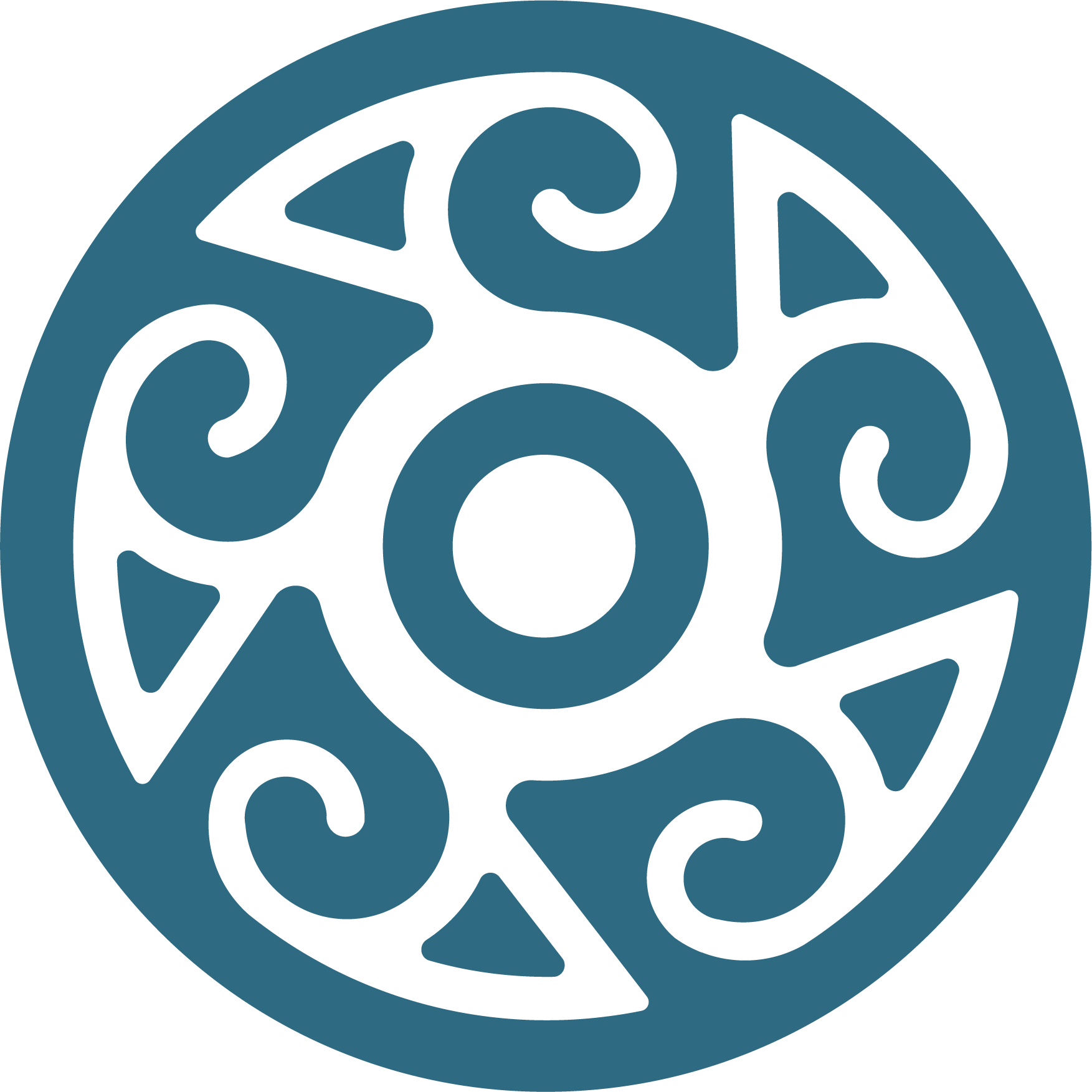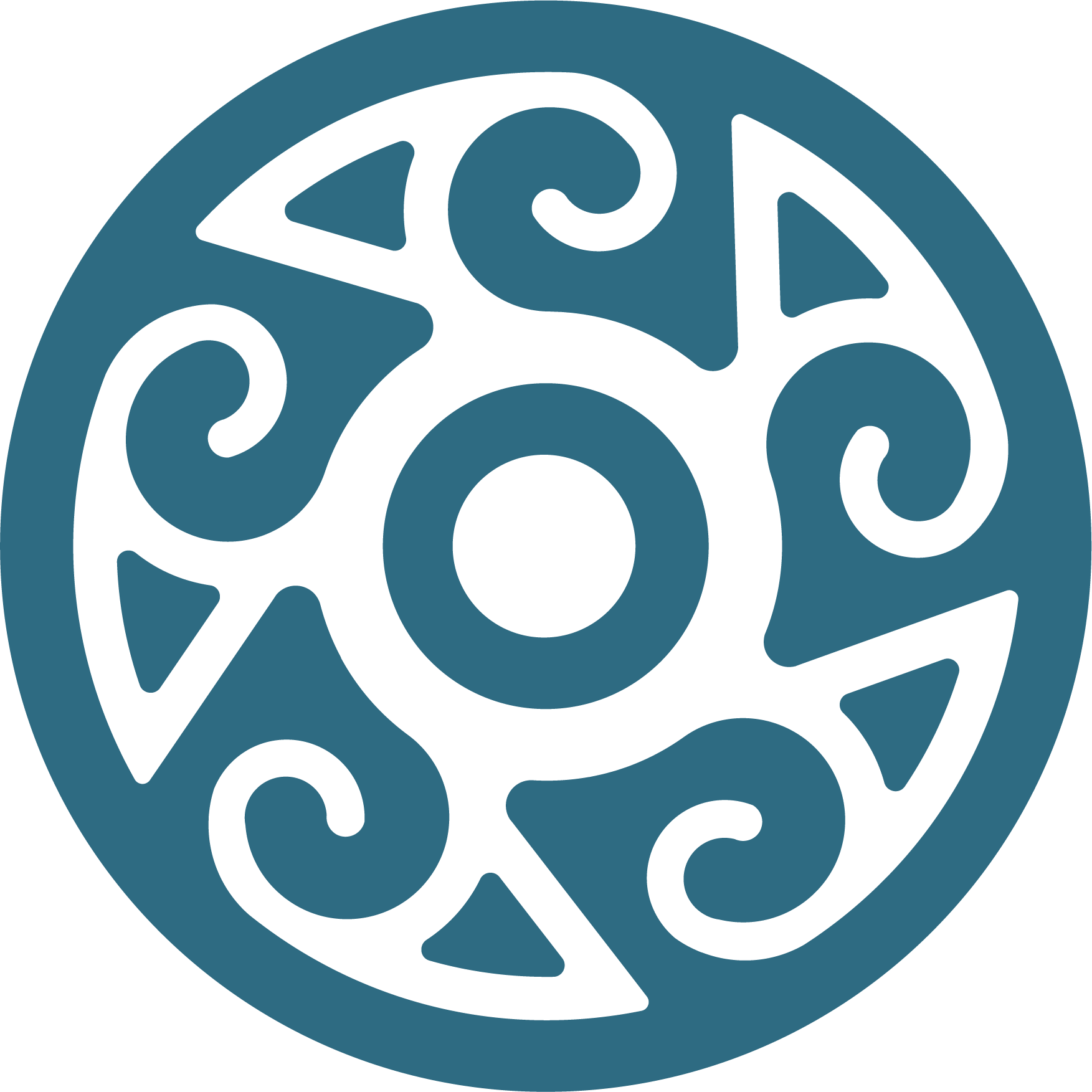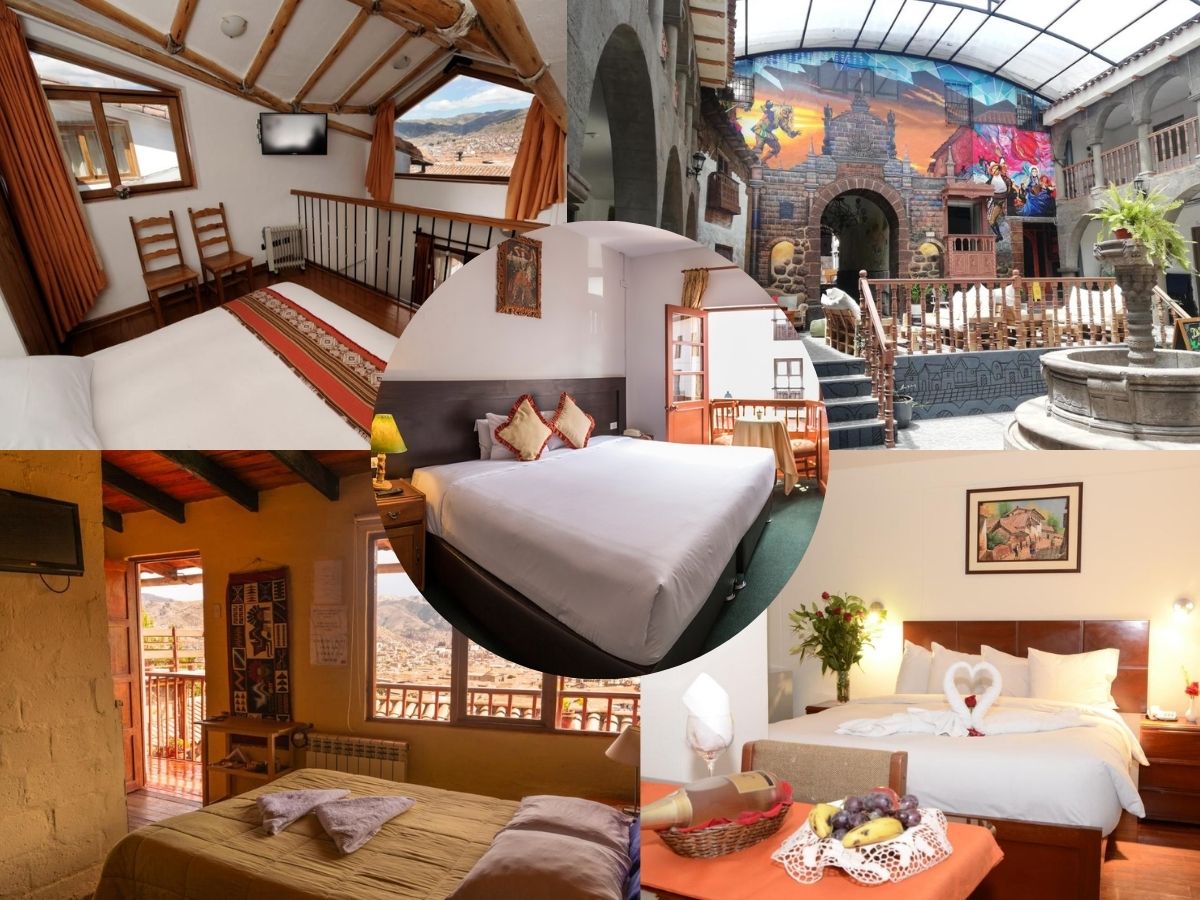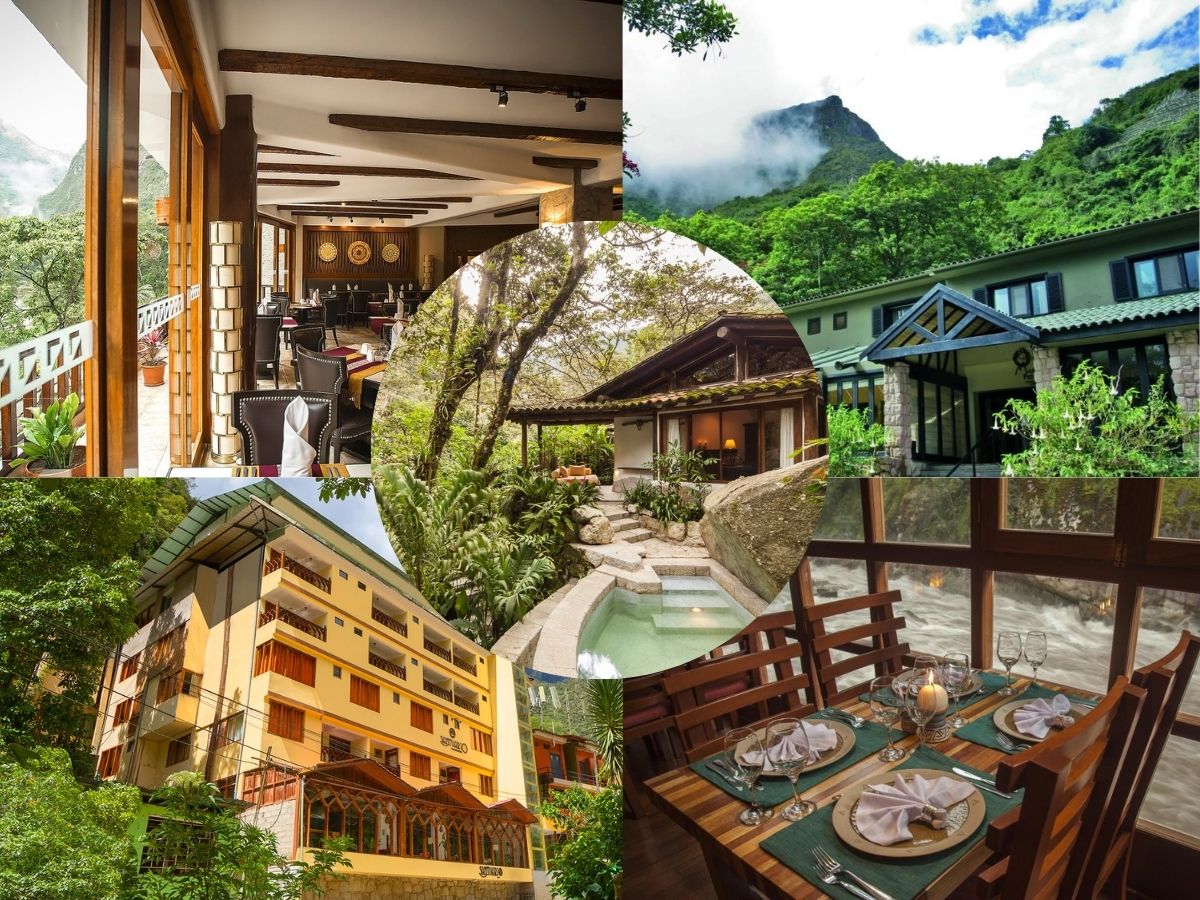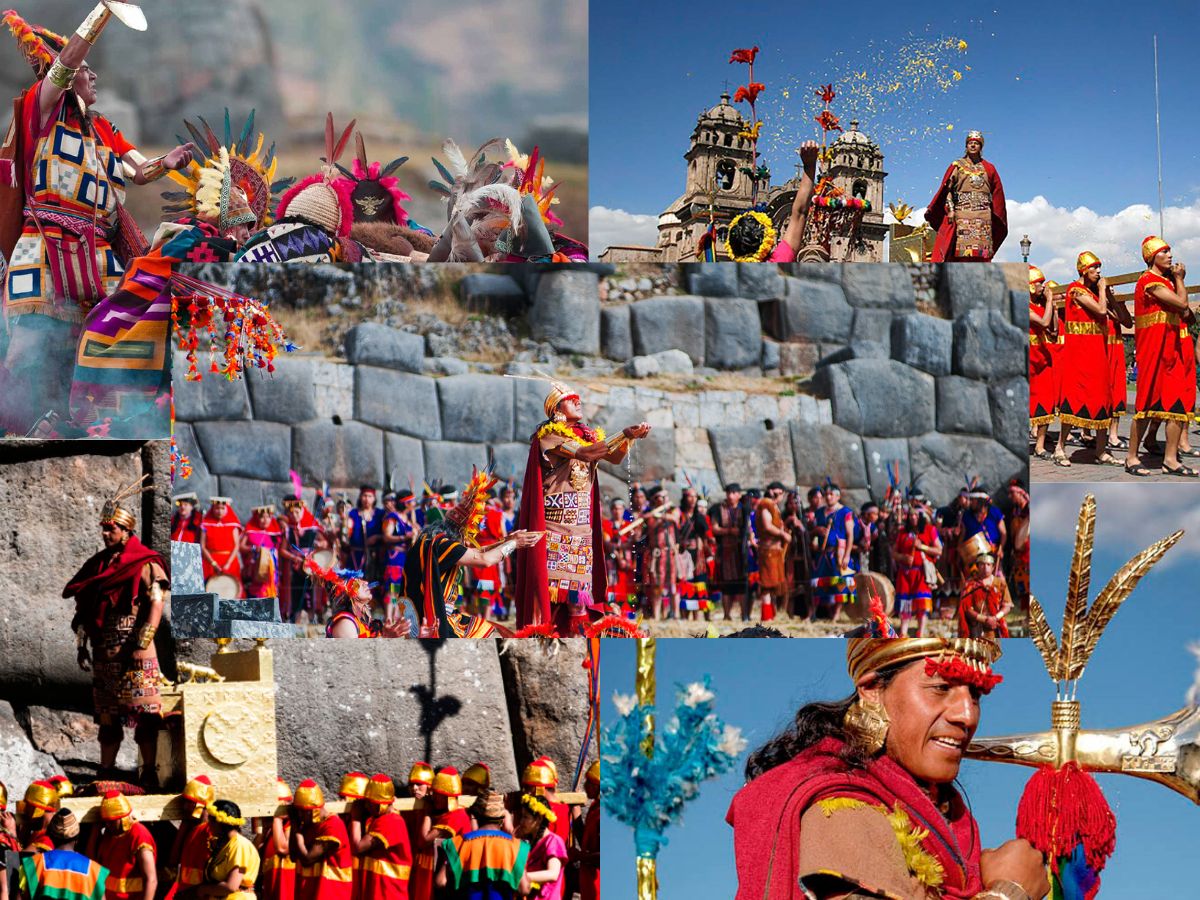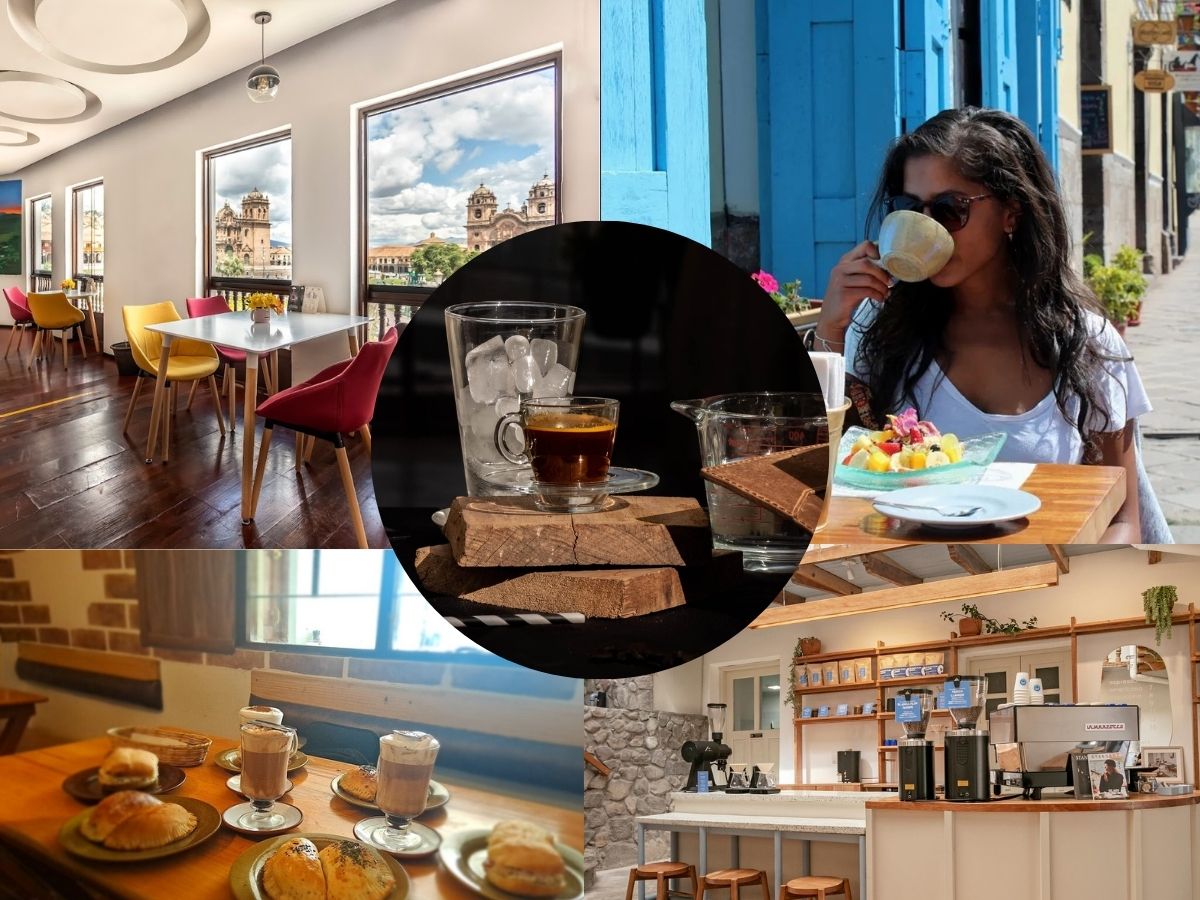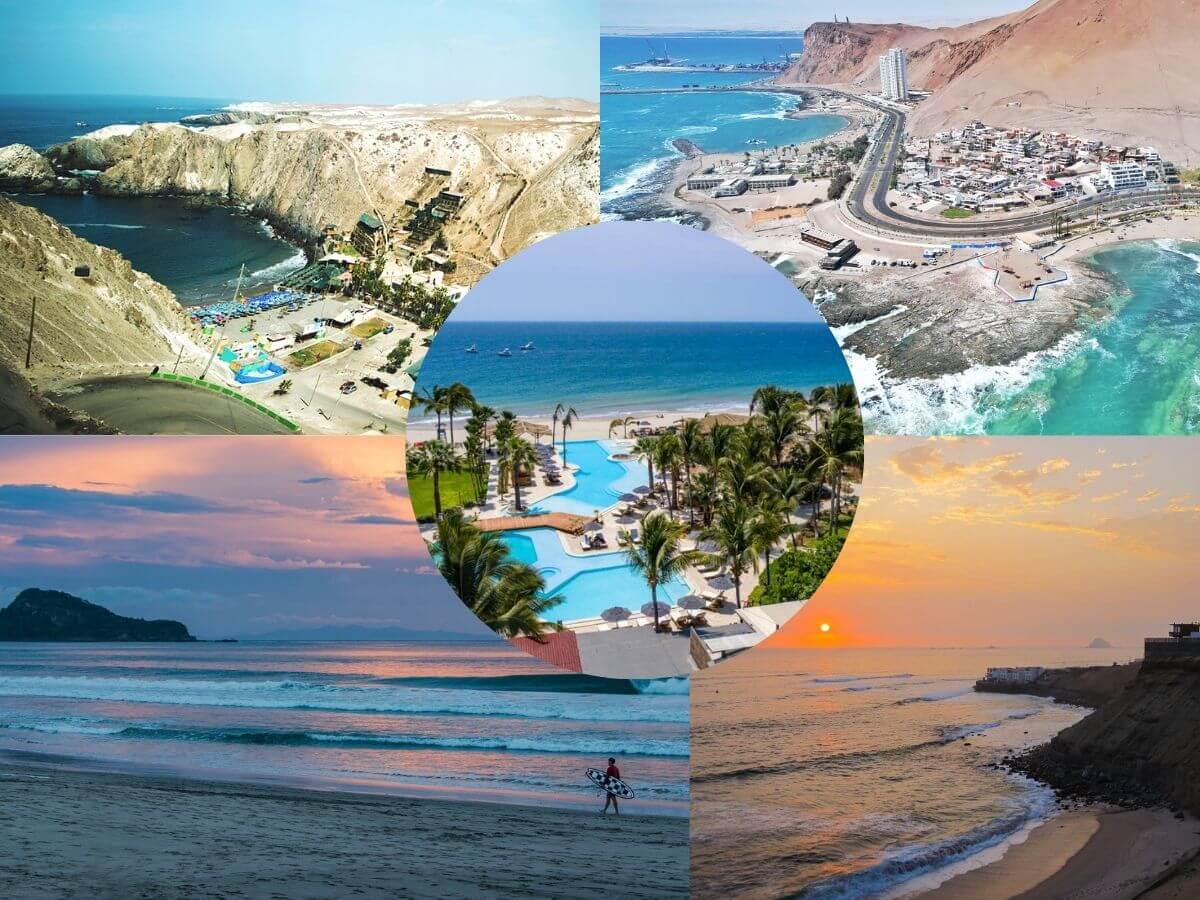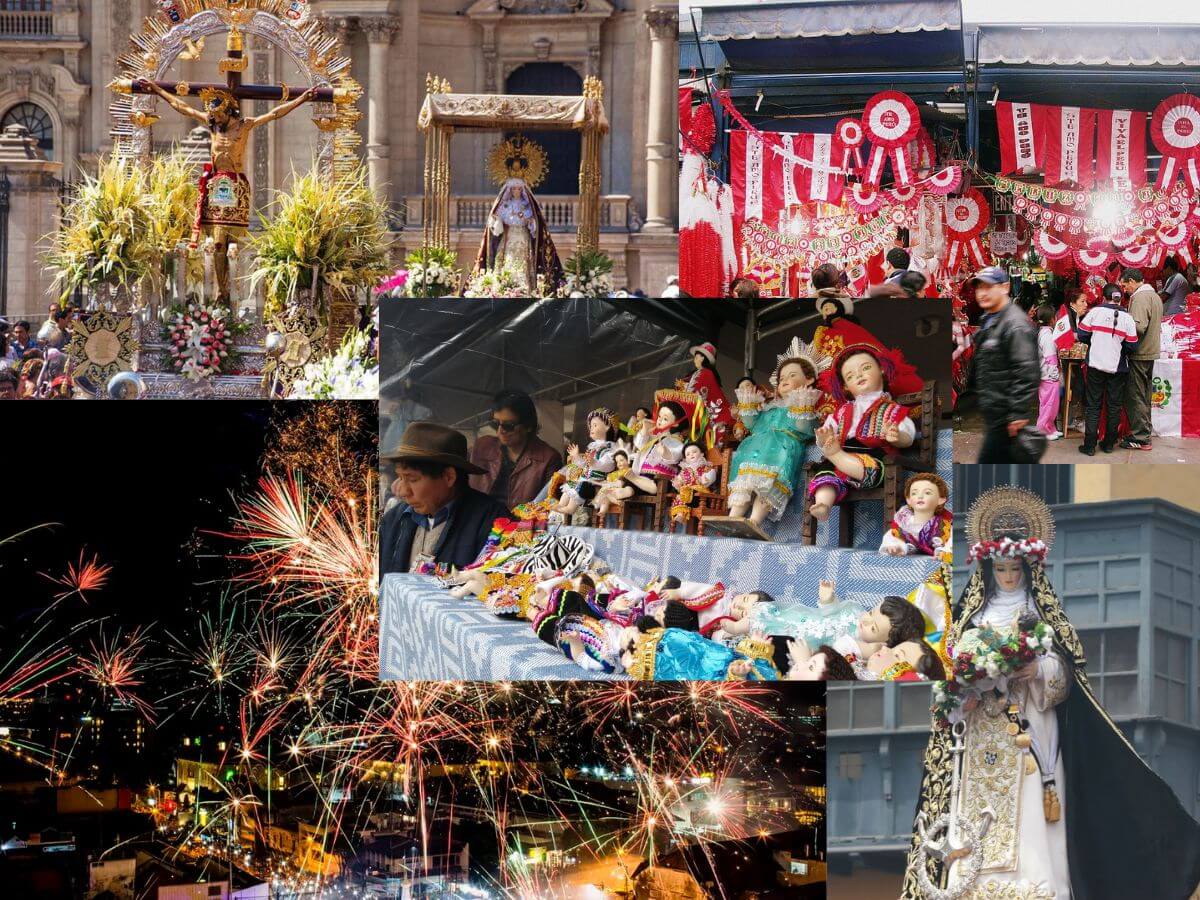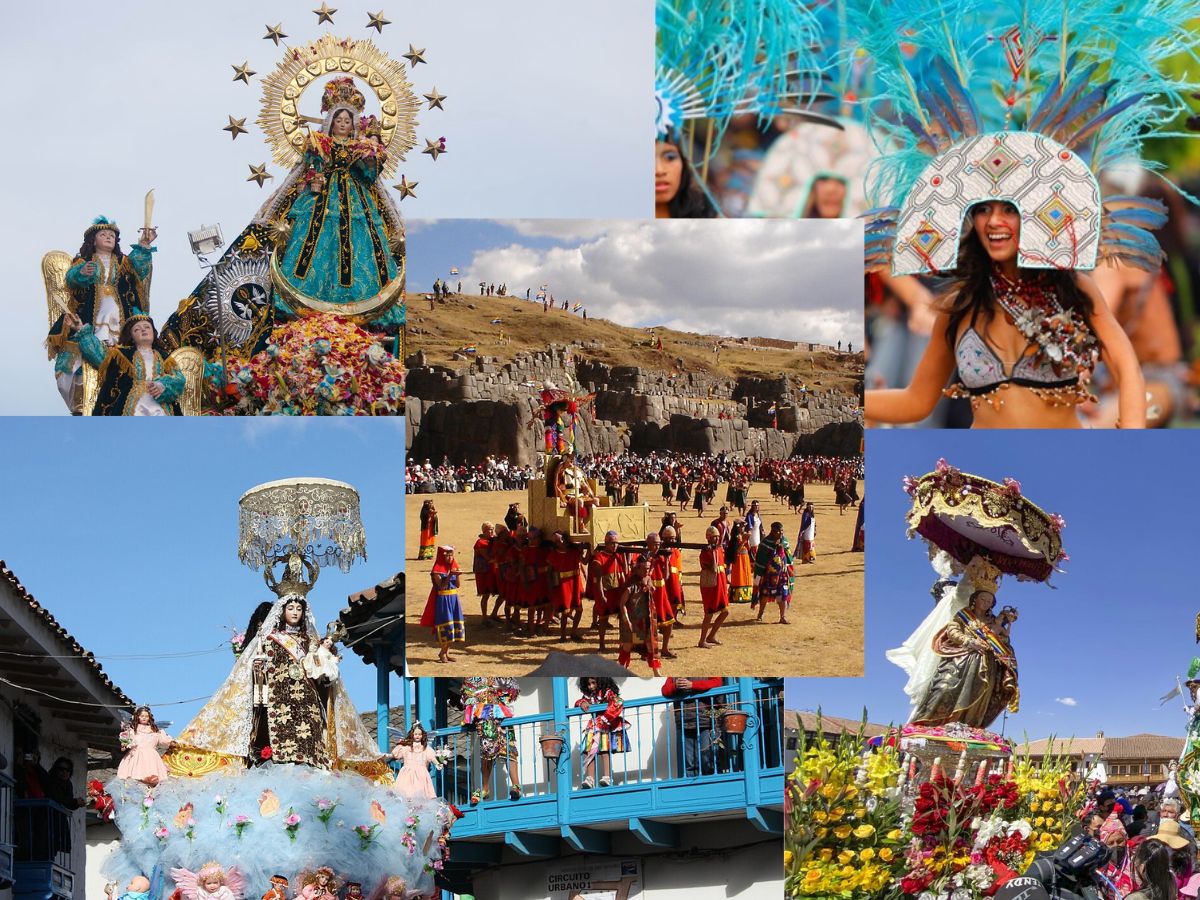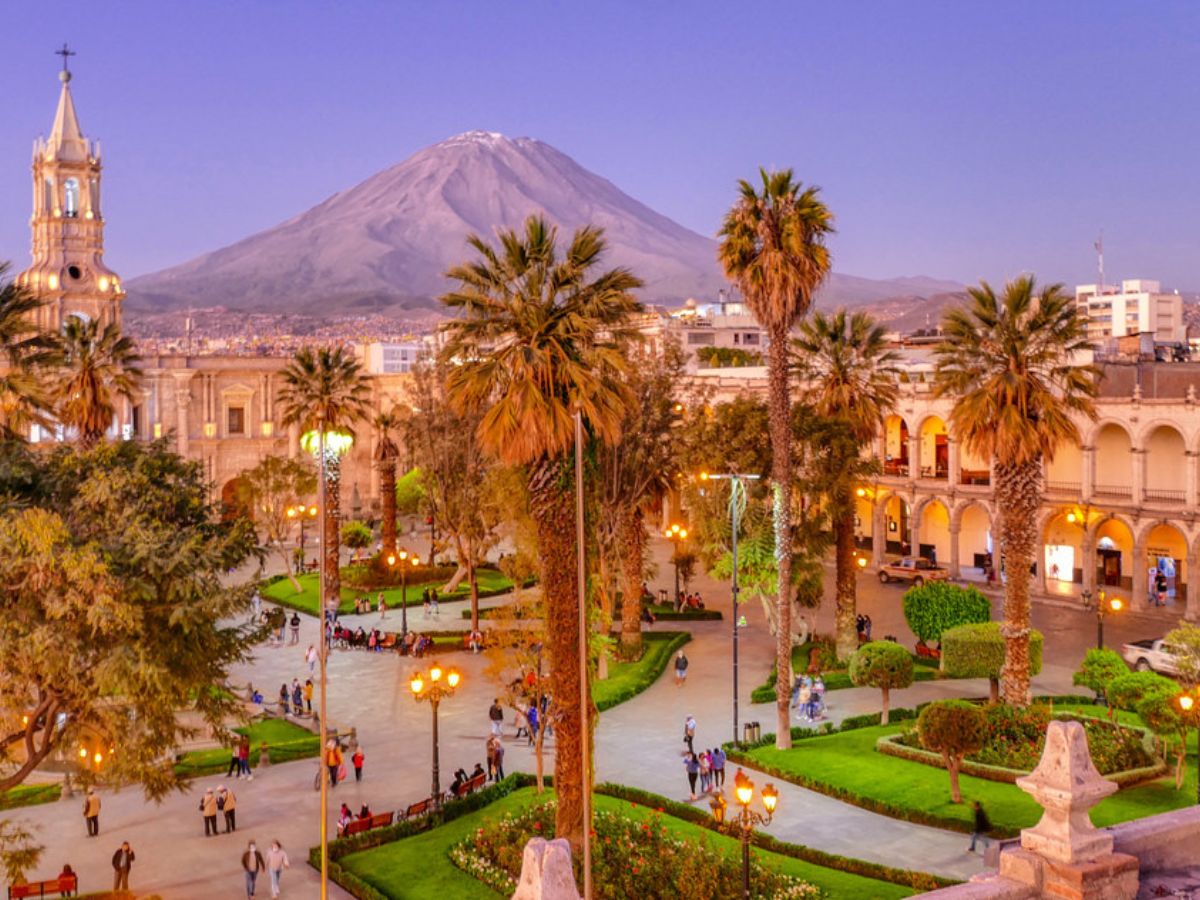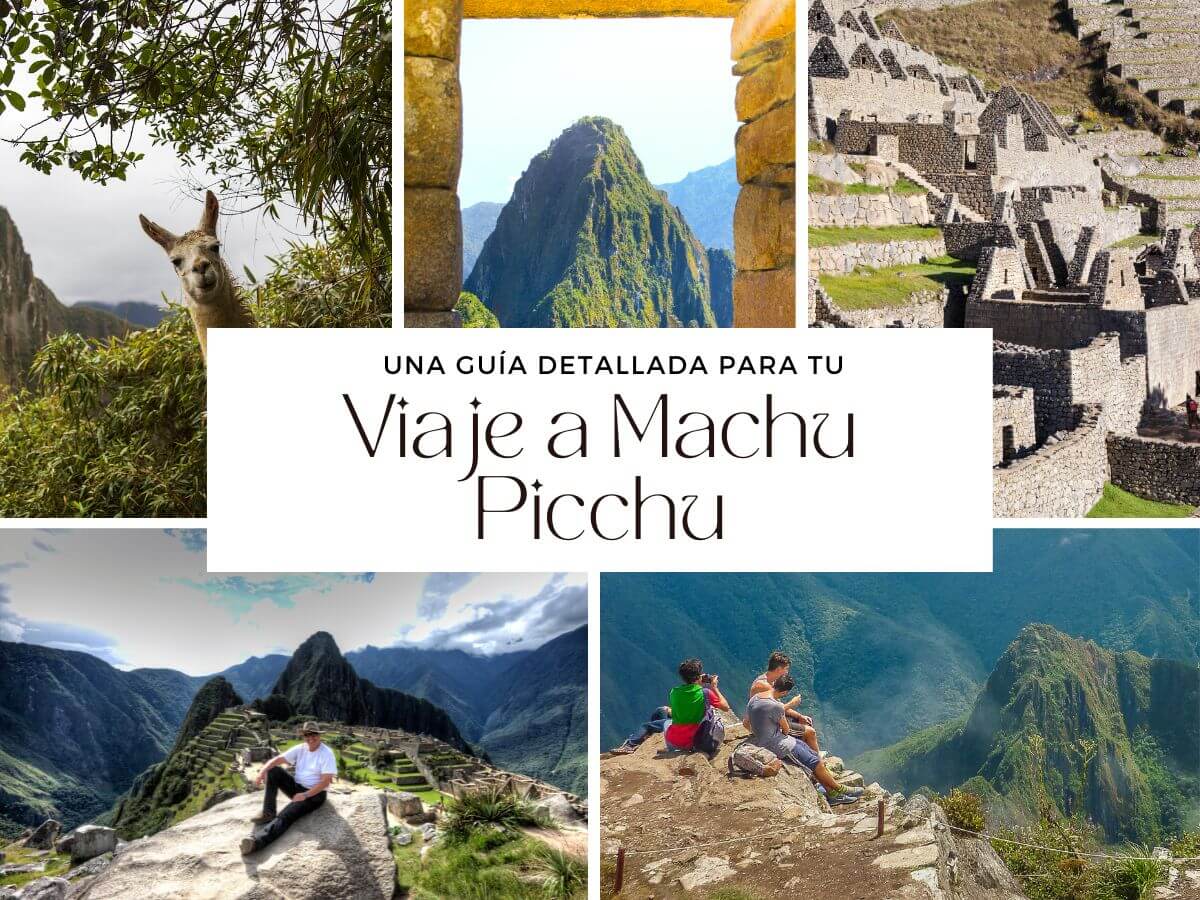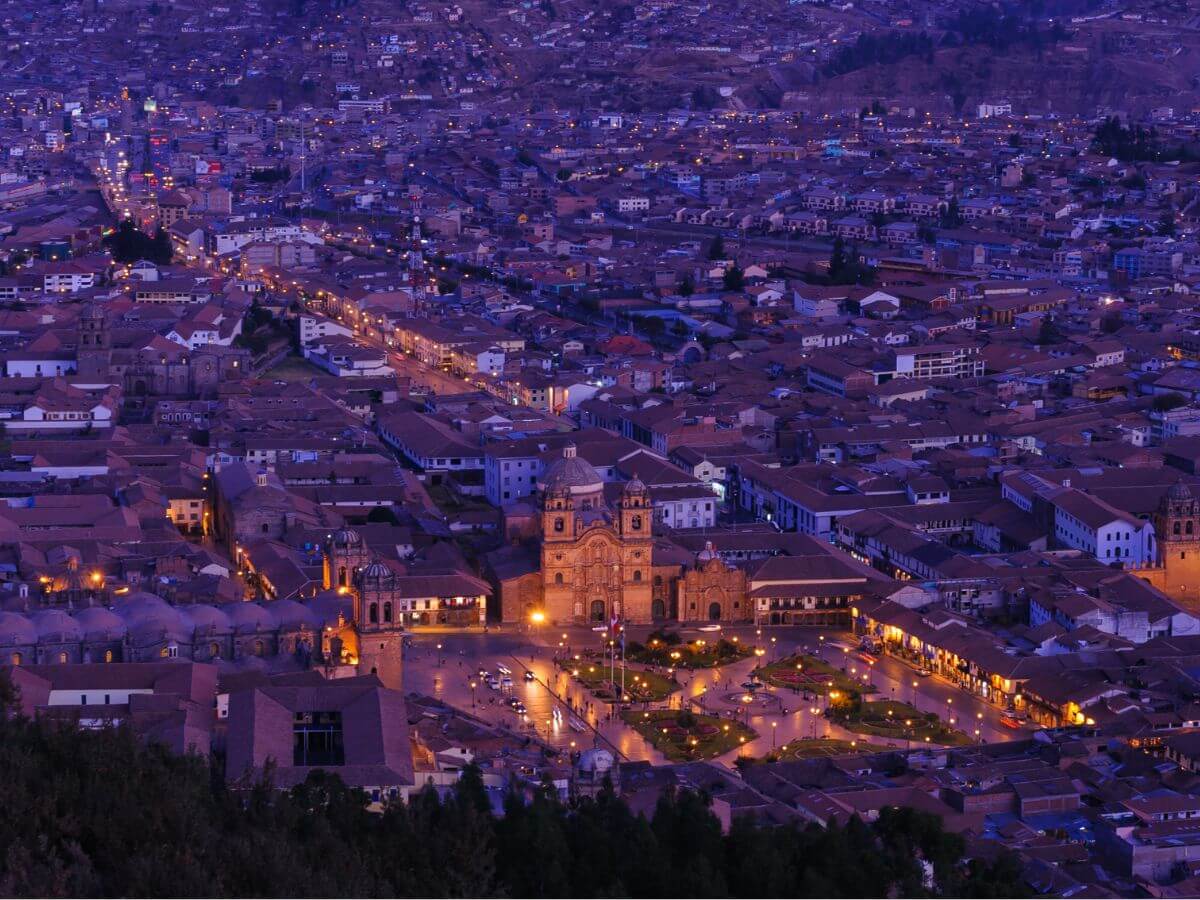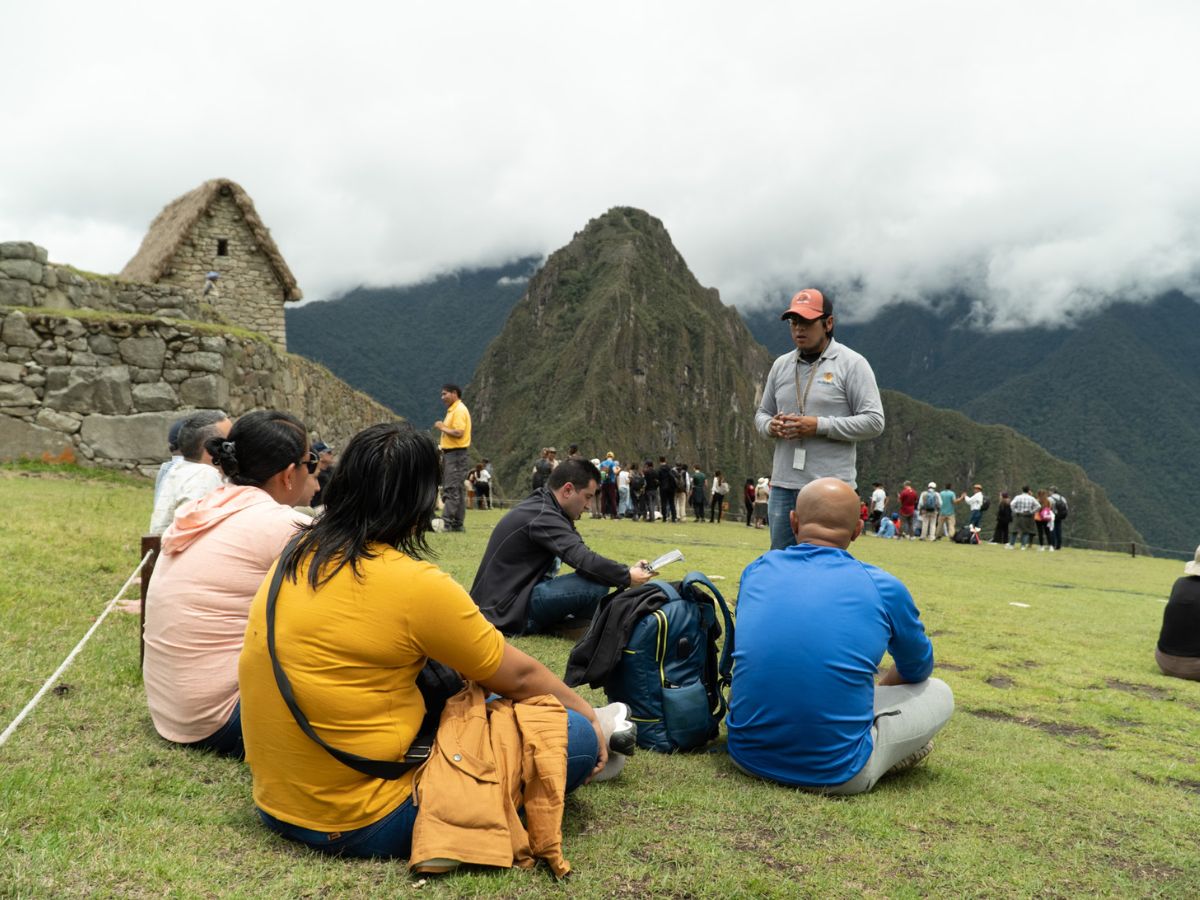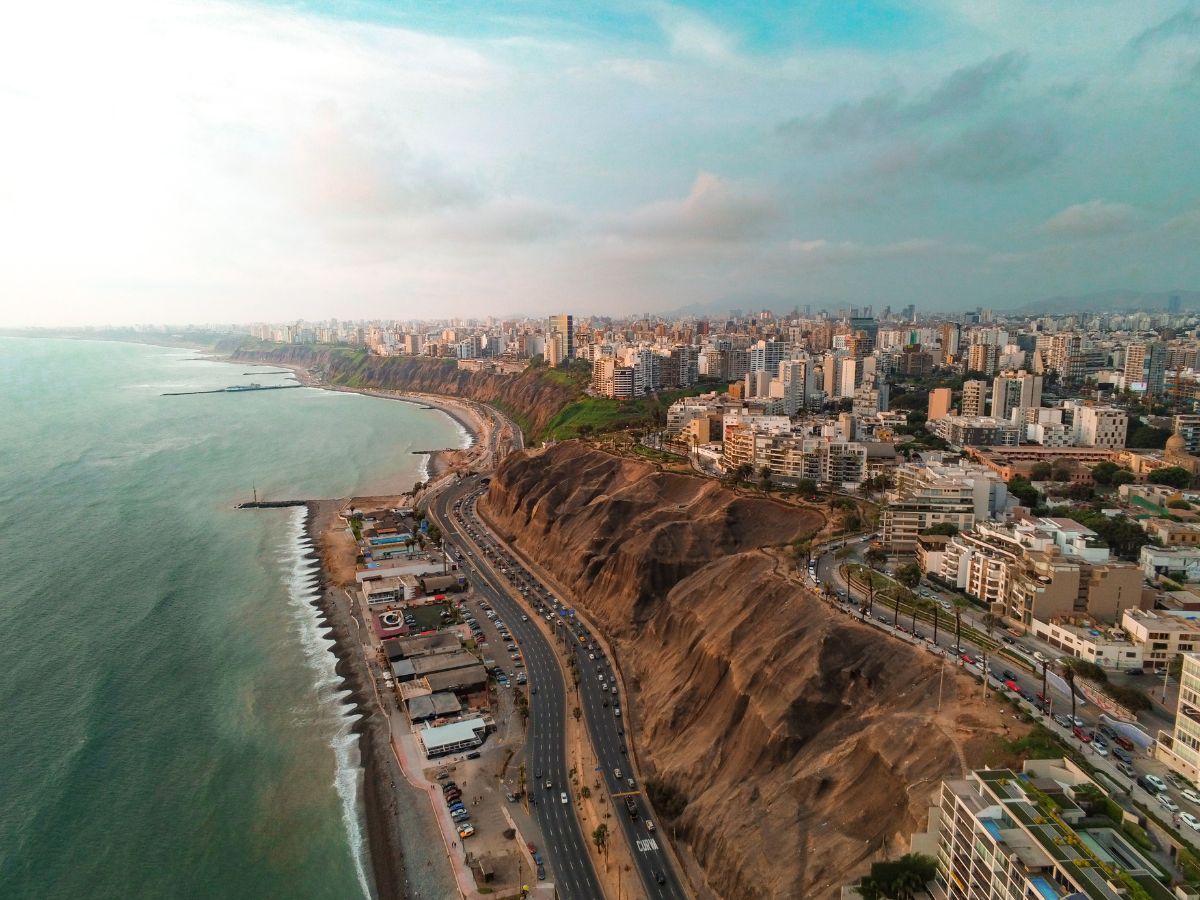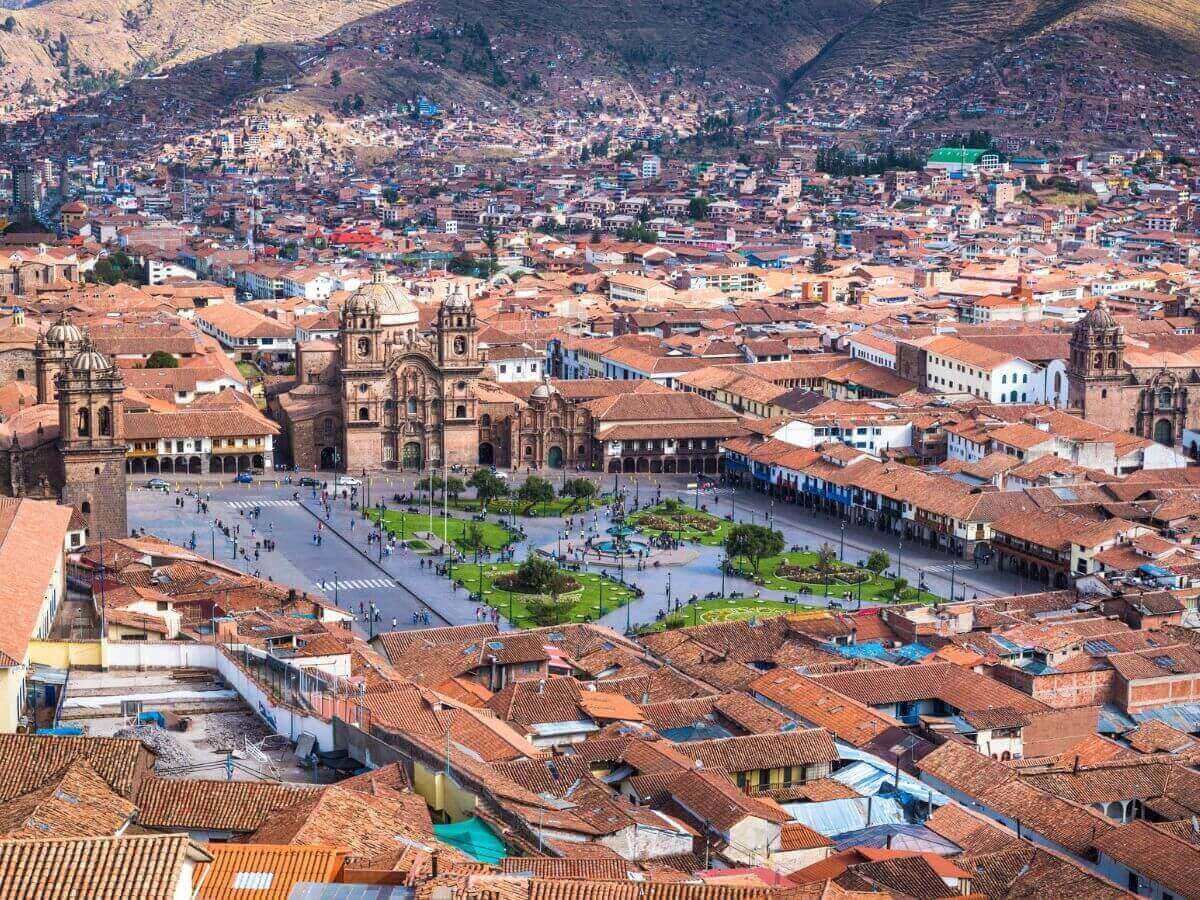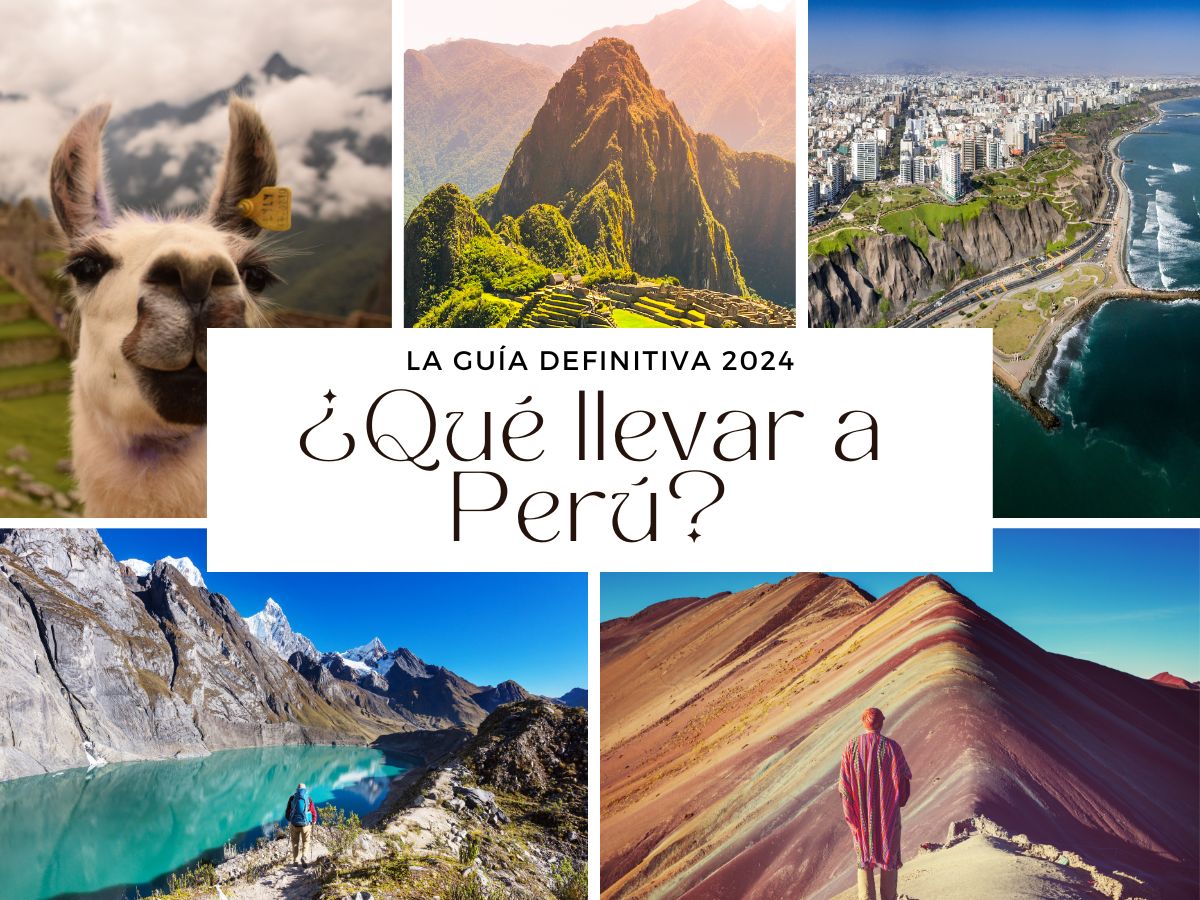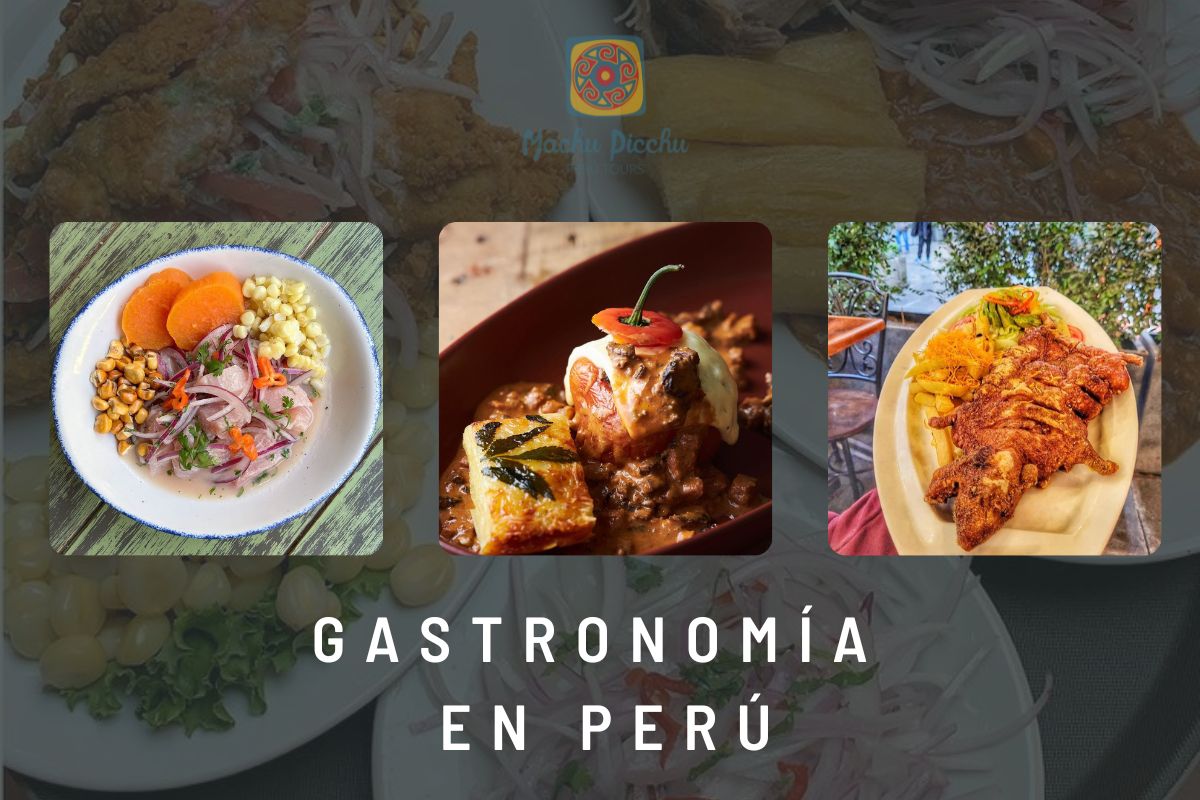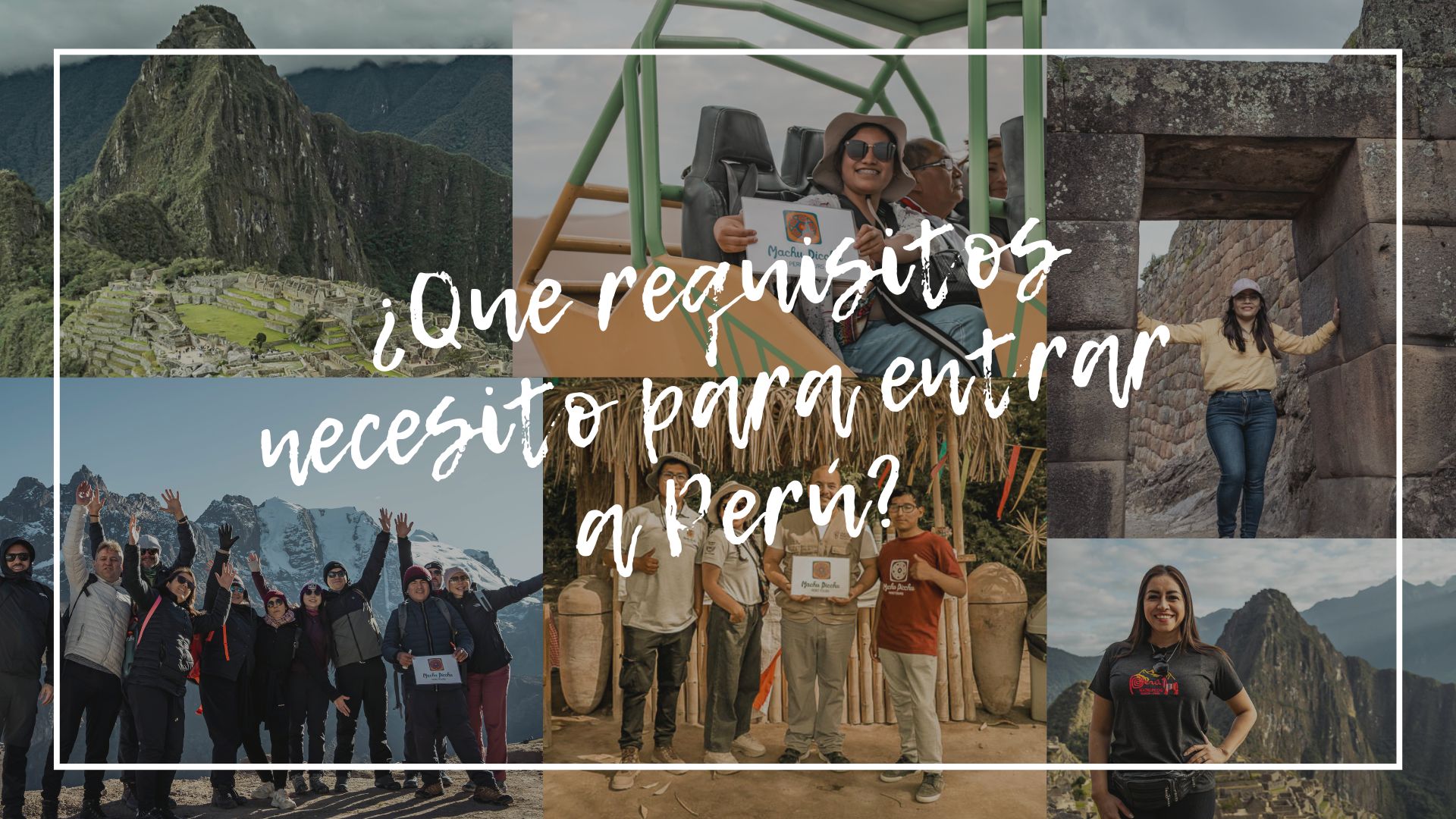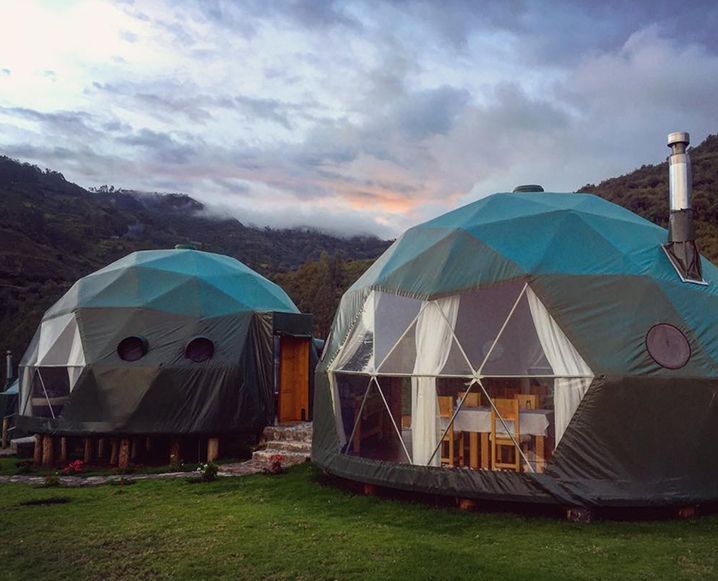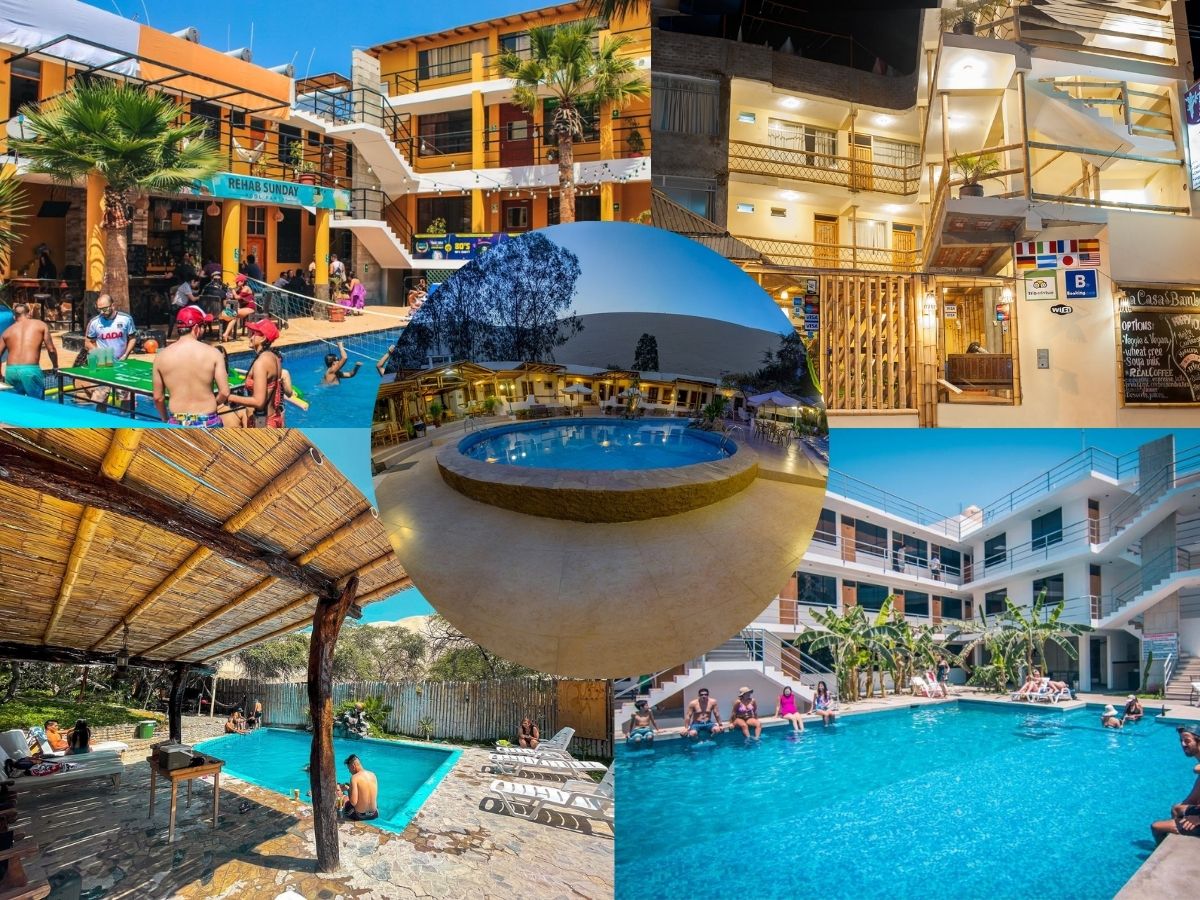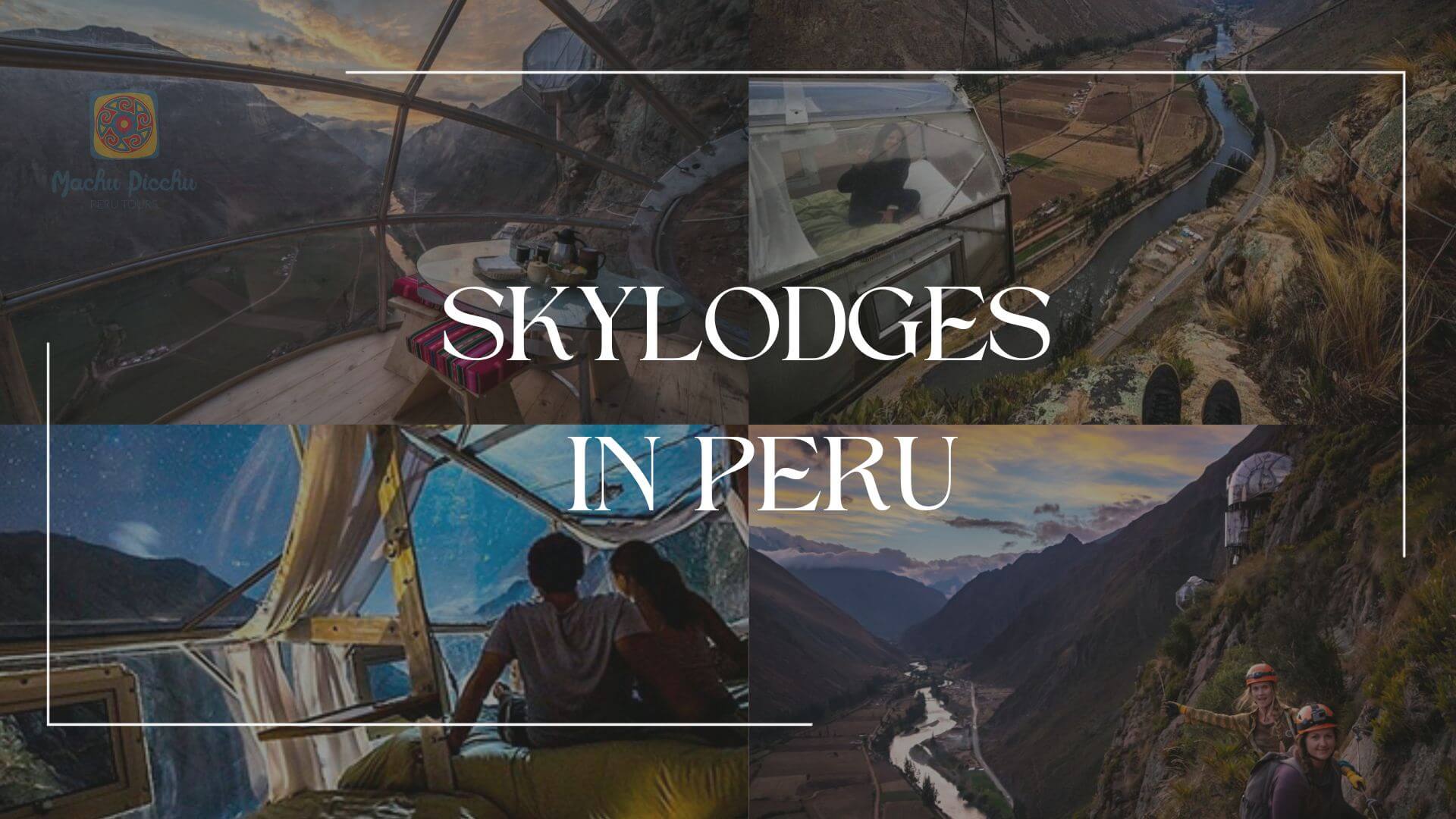5 Streets of Cusco with Much History
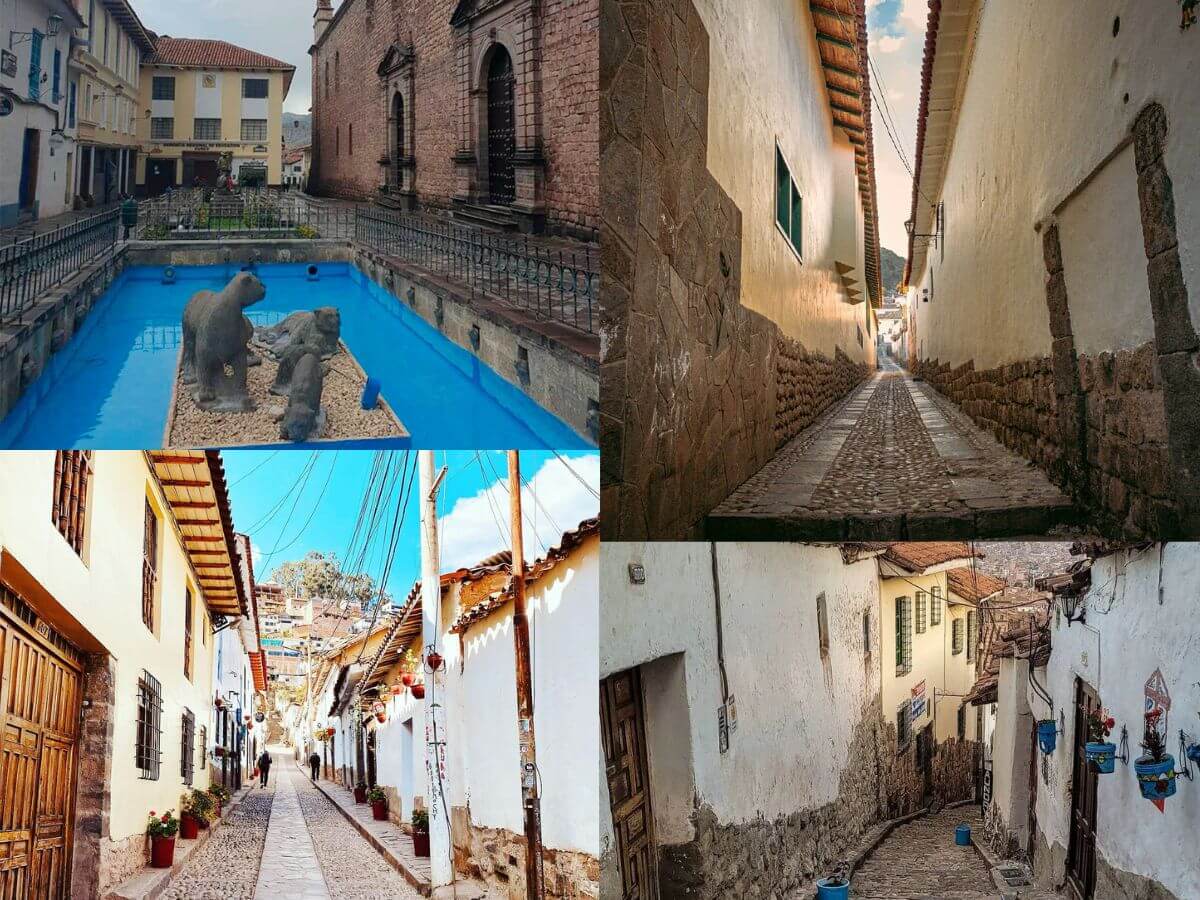
Cusco is an enigmatic city and proof of that is its streets that contain so much history. Here we gonna tell you all about the magic streets. Many of these have origins even from the Inca and colonial eras. During your visit to Cusco, many people don’t know that passes for streets where some important events happen in the past. Know here the 5 principal streets of Cusco and their historic past.
5 Streets of Cusco with Much History
Hatun Rumiyoc Street
This is a street of Inca origin, translated from the Quechua significant “of major rock”. In the same way, this name is because in this street the old Incas construed a Palace, the imponent Inca Roca palace. Until today, you can visualize the rock walls in this palace where the famous Stone of the 12 Angles.
These Inca constructions are free and are part of the public road and you can take photos of the impressive sculpture that the Incas made. The Hatun Rumiyoc Street is near to the Plaza of Armas of Cusco, and near to San Blas. It is 141 meters large and 3 meters in width and highlights because of the large number of artisans that sell to the view of many tourists that visit Cusco.

7 Angelitos Street
7 Angelitos Street is famous in the city of Cusco because there are many of them denominated by the number seven one of their principal characteristics. One of these streets is 7 Angelitos Street and is the principal reason because it has the number because some of the stones are carved with little angels. These angels are part of the colonial house that was the propriety of the religious Blas de Bobadilla. Posteriority, figures of angels have been carved on the stones around this famous Cusco street.
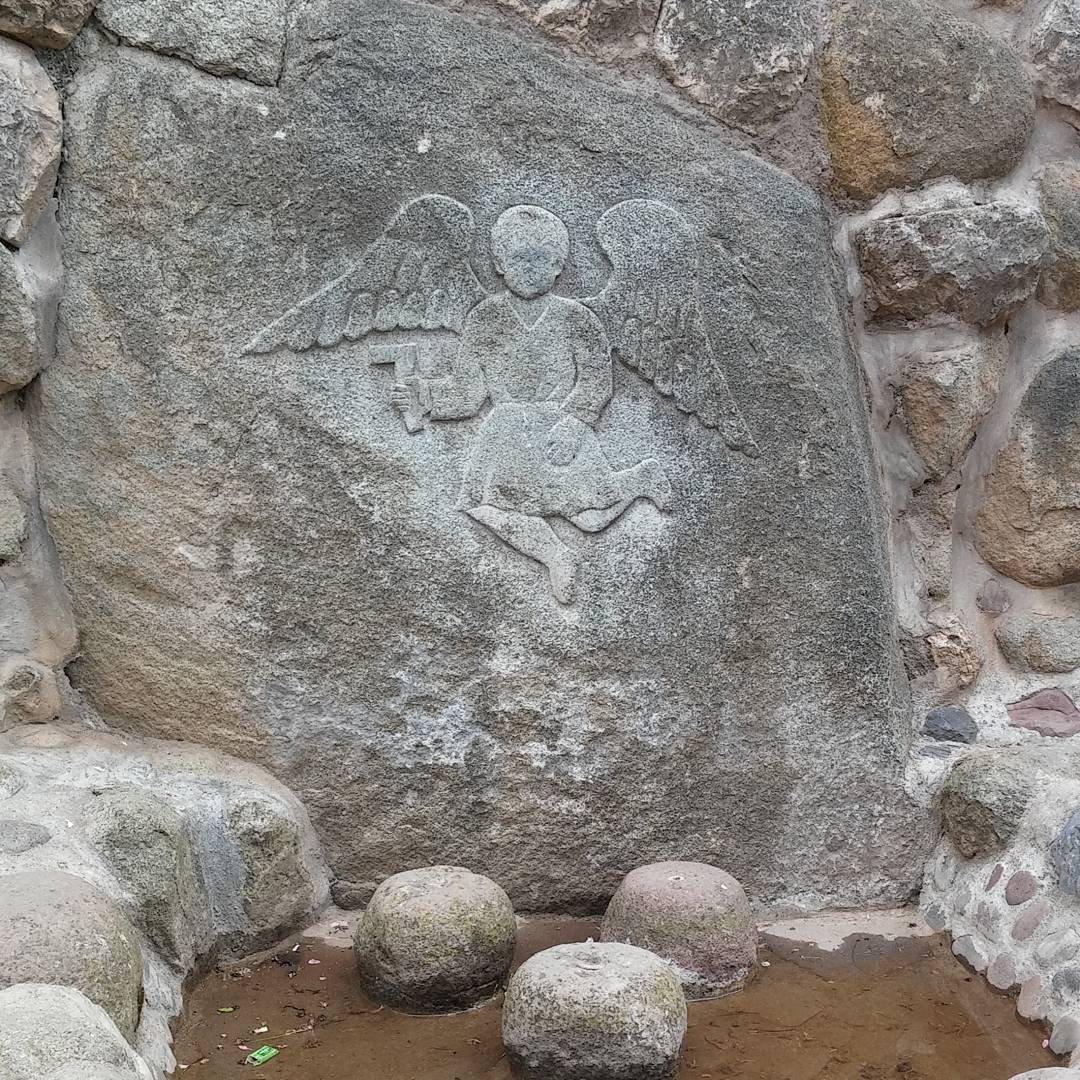
This street is located in the neighborhood of San Blas and is one of the mediations of Carmen Alto Street. It’s said that Blas de Bobadilla had the figure of seven little angels painted in contrast to the fame of the seven little devils of the street. Today this street offers hotels, bars, and tourist businesses. Have that silence and typical narrowness of the Inca streets. It is not very crowded with hikers.
7 Diablitos Street
One of the most famous streets with the number seven, is the Siete Diablitos Street, street as opposed to Calle Siete Angelitos, have the name of a devil. This name is not because you gonna find devils or scary facts, but is because at another time in here was the meeting of the teenage lover. And many women were pregnant frequently, the street became a specie of “cursed street”. Since then the Cusco people know this street like the 7 Diablitos Street.
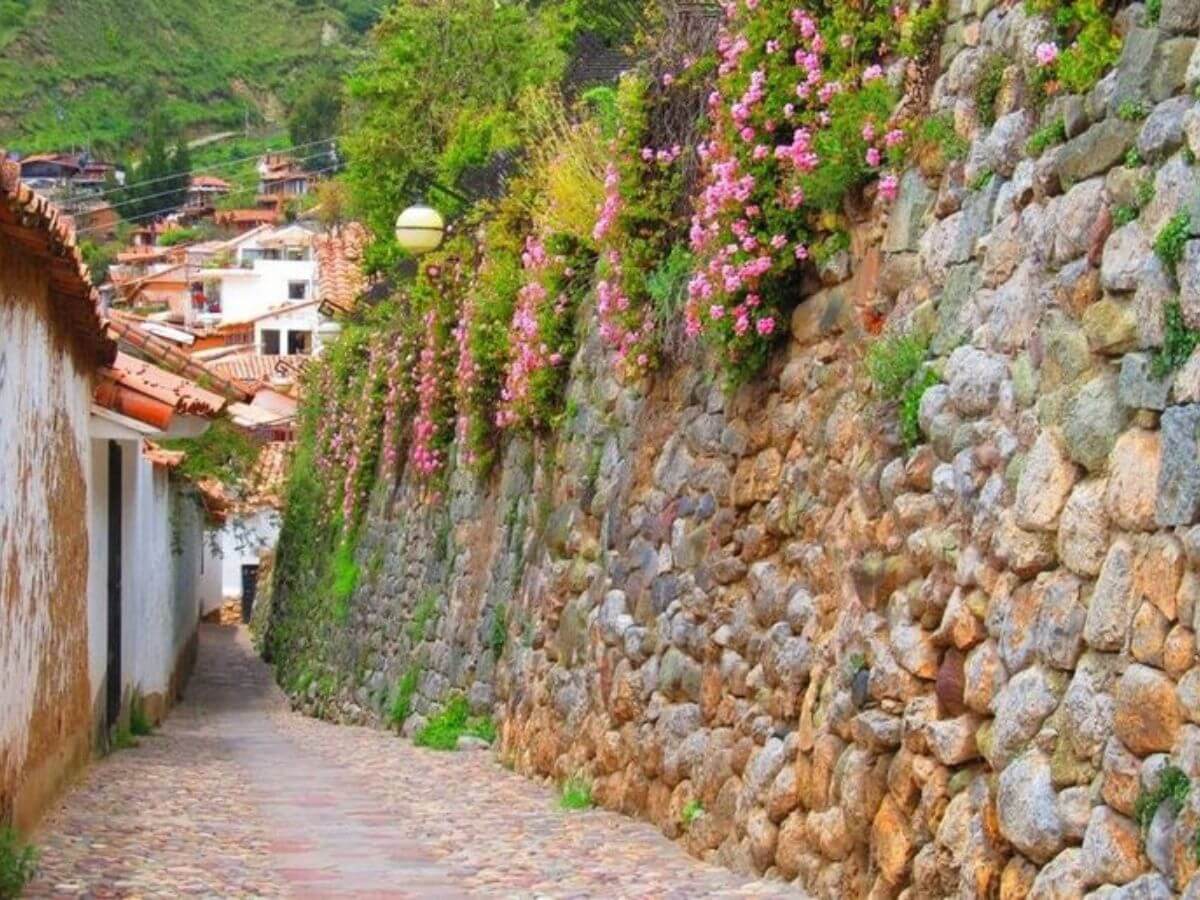
Siete Diablitos Street, like Siete Angelitos Street, is located in the neighborhood of San Blas, these are very close to each other. It has the narrowness and silence of the Inca streets. Nearby you can visit the Plaza of San Blas as well as several craft stores and small restaurants. Although it is not very busy there are still some lovers who continue the tradition of meeting in this famous street.
Resbalosa Street
With a fun and peculiar name, Resbalosa Street is maybe the steepest slope in the city of Cusco. Connecting the streets of the Plaza of Armas with the street that we know like Plazoleta San Cristóbal. The name of Resbalosa is because, is precisely because it is a very complicated street to climb, even the cars have difficulty to arrive, this is because of the cobblestone floor. This street is visited by visitors looking to take pictures at the San Cristobal viewpoint or to reach Sacsayhuaman on foot.
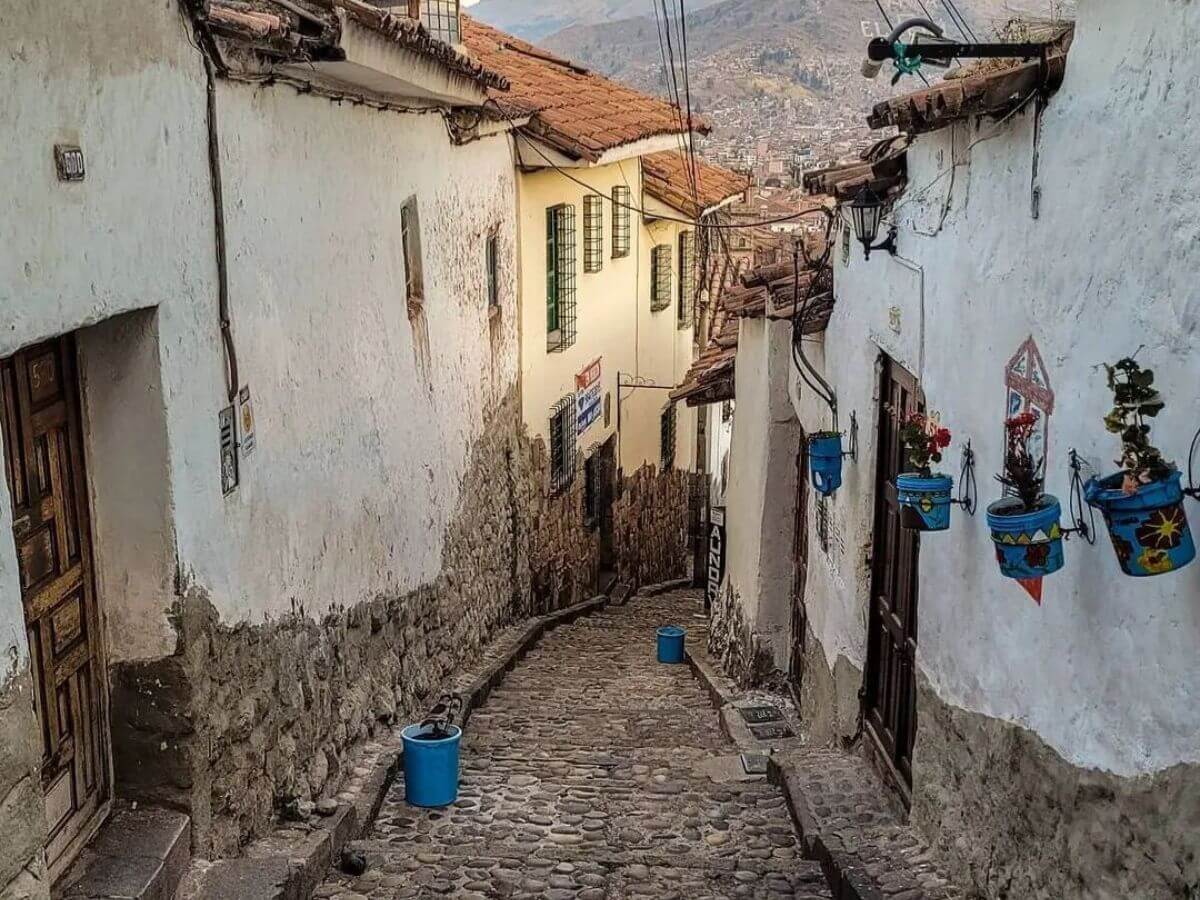
Resbalosa Street has an Inca origin. In the Quechua language is also known as ‘Sikitakana’ street the significance is “you hit your butt”. Is a silent street where you can find hotels and restaurants on both sides. Like all the Inca streets, this is narrow. Its recommended to walk with care for no slip and fall.
Loreto Street
Loreto is a department of Perú, but in Cusco, we also have a street that has the name “Loreto”. This street connects Maruri Street with the Plaza of Armas. This is a large and solid Inca wall that rests between the walls and this same one belonged to the emperor Huayna Capac, the ‘Amaru Cancha’ (house of the serpent). This is a part of the big solar where is also building the Acllahuasi, where prepared the famous priestesses ‘virgins of the sun’.
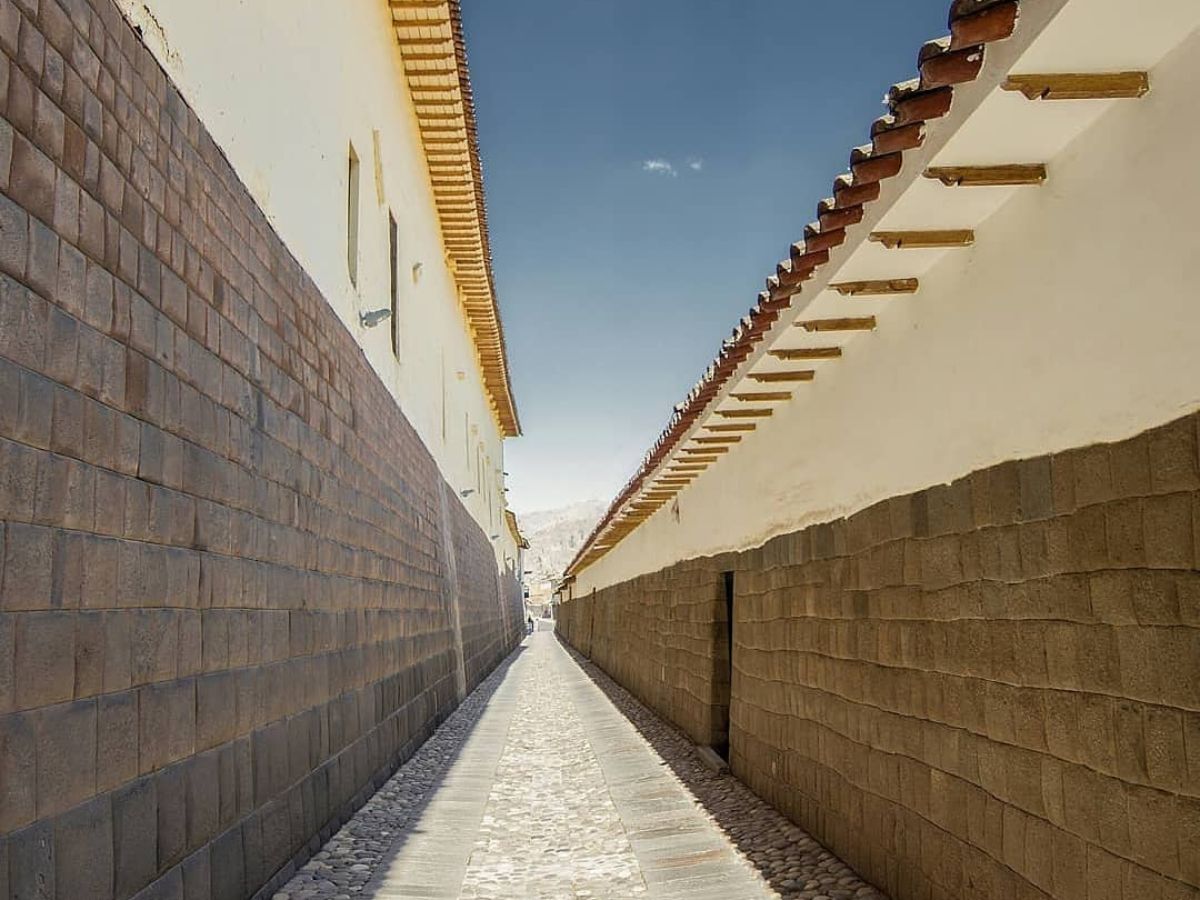
The final of the street, in front of the Plaza of Armas, was construed in the colonial era as the “Capilla de Nuestra Señora de Loreto”, which is why the name of this street. Because the historic importance is also denominated ‘Intik’ijllu’ (Street of the Sun). Was traced by the Inca era. Today you can appreciate craft fairs by the side of the street. It measures 4.5 meters wide by approximately 231 meters long.
An endless number of trails that deserve to be visited and discovered, remember to write down these names so that the next time you visit Cusco you can visit them. Undoubtedly attractions that you must visit and best of all is that they are free!
Explore more tourist destinies and more of Perú in our travel blog and plan your next trip with us!



